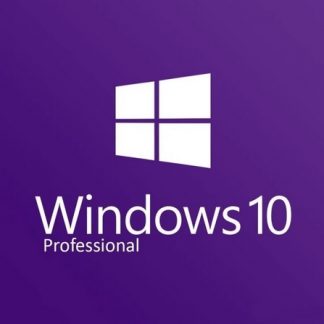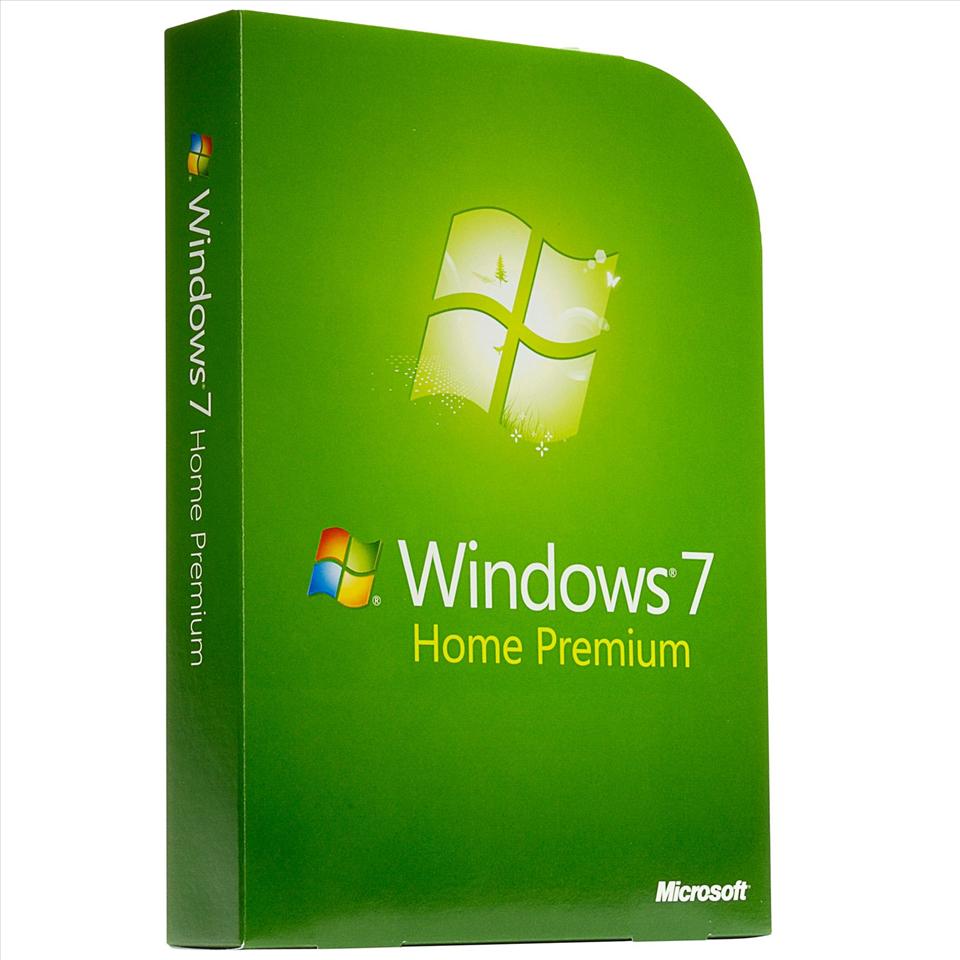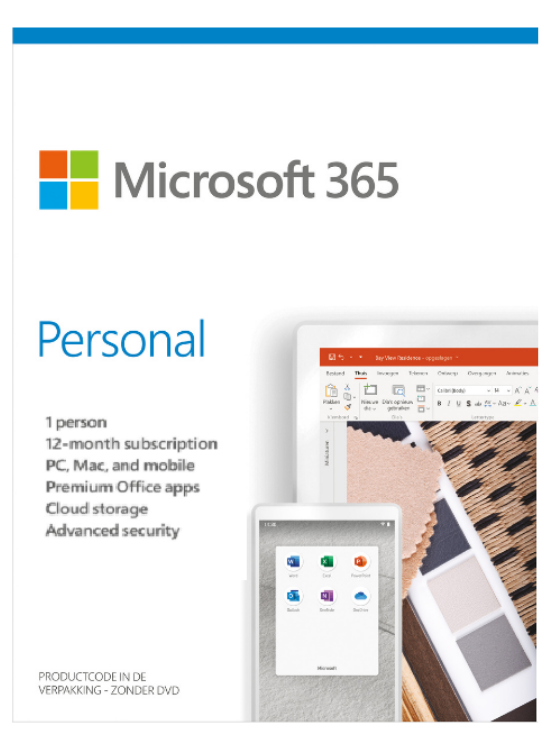

But is the Office bundle really that cost-effective? And even if you can save some money by avoiding Microsoft 365, is it worth missing out on the subscription services’ exclusive features? Microsoft Office: Pros and Cons Microsoft Microsoft still sells its traditional Office suite for people who don’t want to pay a monthly fee or use the free, stripped-down Office Online tools. The subscription model allows Microsoft to offer constant updates and support for its productivity software, along the with the cloud storage and deep collaborative features made famous by Google’s browser-based productivity tools (Google Docs, Drive, Sheets, etc). Microsoft launched its 365 service in 2011 to help modernize the Office suite, which hadn’t experienced a major overhaul in nearly a decade.


Unlike an Office bundle, which requires a one-time payment of $150 and only works on one computer, Microsoft 365 costs $7 a month, works on all of your computers and mobile devices, and includes collaborative features and perks that don’t come with a standard Office bundle. Today, many people access Excel, Word, and other software through a Microsoft 365 subscription or the free, browser-based Office Online suite (which is a stripped-down version of Office). Rinse and repeat.īut the traditional Office bundle is a lot less common than it used to be. A few years go by, and your job or classroom requires a newer version of the Office suite, so you go out and blow your savings on another disc.
#Microsoft office 365 home premium dvd full
You buy a disc full of Word, PowerPoint, and other Microsoft-branded software, stick it in your computer, and get to work. Everyone’s familiar with the old Microsoft Office ritual.


 0 kommentar(er)
0 kommentar(er)
